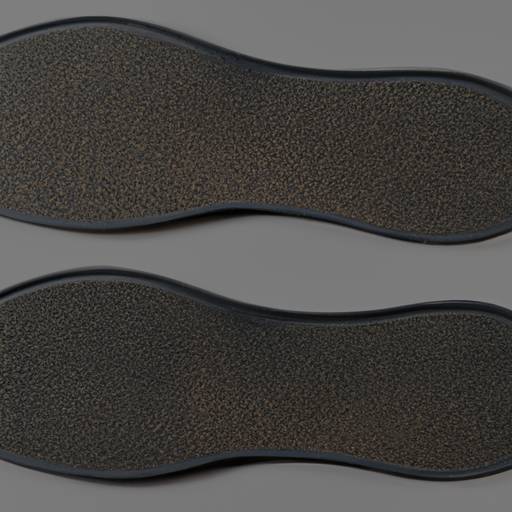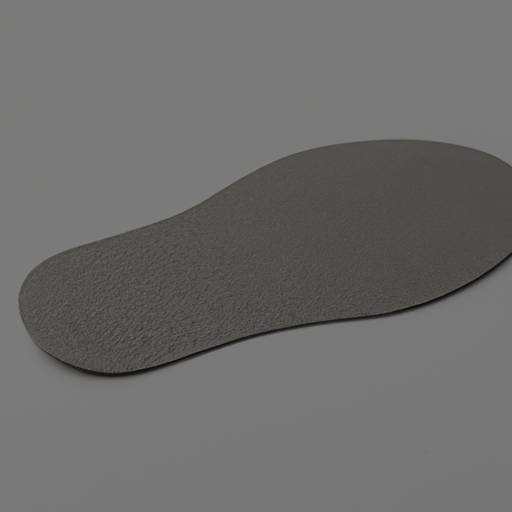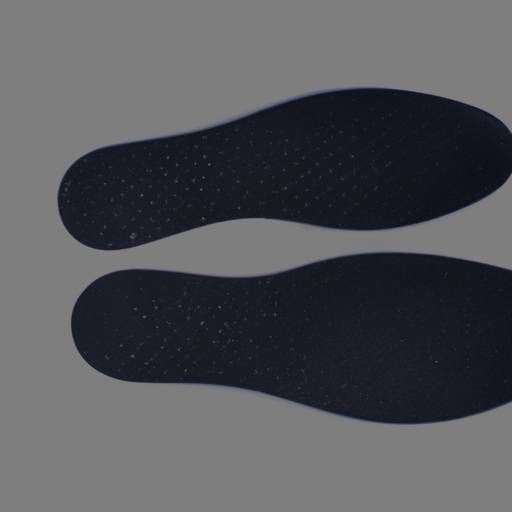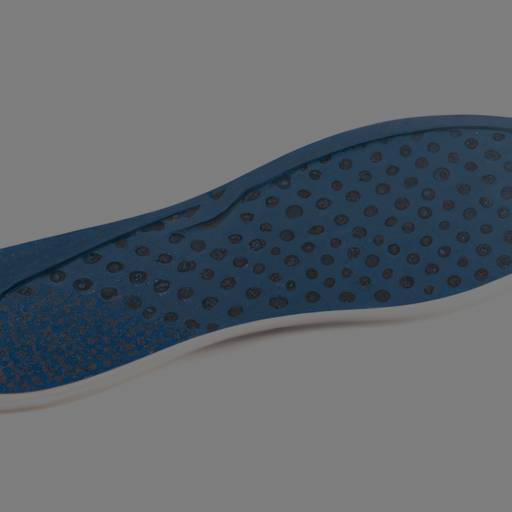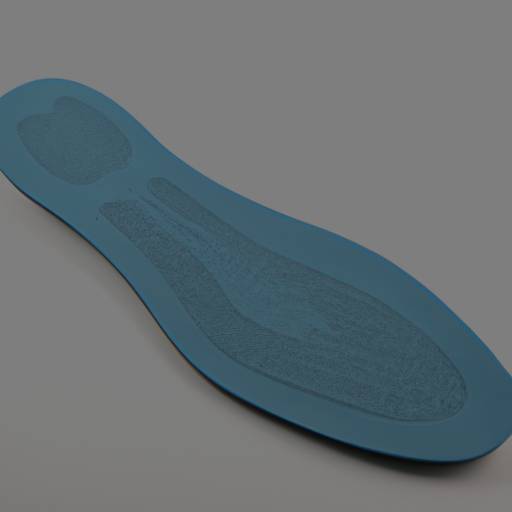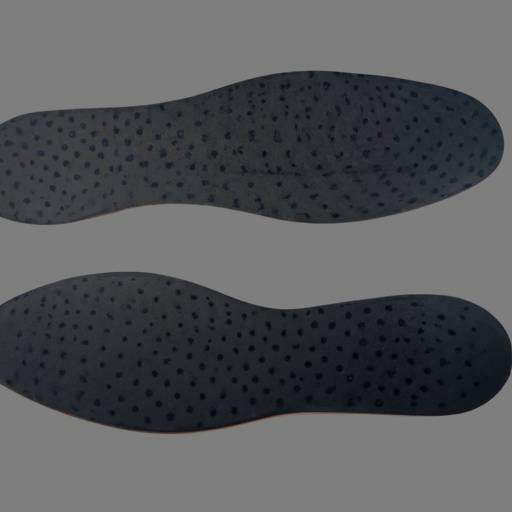Finding the Right Arch Support: When Orthotics are Too Hard
Understanding Arch Support
To truly appreciate the importance of arch support, it’s essential to understand why it matters and the common issues that can arise when using hard orthotics.
The Importance of Arch Support
Arch support plays a crucial role in maintaining proper foot alignment and providing stability during movement. The arches of the foot act as shock absorbers, distributing the body’s weight evenly and reducing stress on the joints and ligaments.
When the arches are not properly supported, it can lead to various foot problems and discomfort. Flat feet or fallen arches, for example, occur when the arches collapse and fail to provide adequate support. This can result in pain, fatigue, and an increased risk of developing conditions such as plantar fasciitis or Achilles tendonitis.
By wearing arch support insoles, you can help alleviate these issues and promote healthier foot biomechanics. Arch support insoles provide the necessary structure and cushioning to support the arches, reducing strain and providing stability. They help distribute pressure evenly and can help relieve pain associated with flat feet or high arches. For individuals seeking the best arch support insoles, our article on best arch support insoles can provide helpful insights.
Common Issues with Hard Orthotics
While traditional hard orthotics have been used for arch support, they can sometimes lead to certain issues. Hard orthotics are rigid and may not provide the desired level of comfort, especially for individuals with sensitive or tender feet. Some common issues associated with hard orthotics include:
- Discomfort: Hard orthotics may cause discomfort and pain when worn for extended periods. The rigid material can create pressure points and irritate the feet.
- Limited Shock Absorption: Hard orthotics may offer limited shock absorption, which can be problematic for individuals engaging in high-impact activities. The lack of cushioning may increase the risk of joint and ligament injuries.
- Restrictive Movement: The rigid nature of hard orthotics can limit the natural movement of the foot, potentially affecting gait and balance.
- Incompatibility with Certain Shoes: Hard orthotics may not fit well in all types of shoes, making it challenging to find appropriate footwear options.
To address these issues, alternatives to hard orthotics have emerged, such as memory foam insoles, gel insoles, and cushioned insoles, which provide superior comfort and support. These alternatives will be explored further in the subsequent sections of the article. For more information on why hard orthotics may cause discomfort, our article on why do my orthotics hurt my arch may offer additional insights.
Understanding the importance of arch support and the limitations of hard orthotics can guide individuals in their search for more comfortable and effective solutions. By exploring alternative insole options, individuals can find the right balance between support, comfort, and overall foot health.
Memory Foam Insoles
When it comes to finding the right arch support, memory foam insoles are a popular choice for individuals who find hard orthotics uncomfortable. Memory foam is a soft and responsive material that molds to the contours of your feet, providing a customized and supportive fit.
Introduction to Memory Foam Insoles
Memory foam insoles are designed to cushion and support your feet, particularly the arch area. These insoles are made from a viscoelastic material that responds to body heat and pressure, allowing them to conform to the unique shape of your feet. This personalized fit helps to distribute weight evenly and alleviate pressure points, offering relief to tired and achy feet.
Memory foam insoles are typically available in different thicknesses and levels of density. Thicker insoles provide more cushioning and support, while denser foam offers enhanced stability. It’s important to choose the right thickness and density based on your individual needs and preferences.
Benefits of Memory Foam for Arch Support
Memory foam insoles offer several benefits for arch support, making them a suitable alternative to hard orthotics. Here are some key advantages:
- Customized Comfort: Memory foam molds to the shape of your feet, providing targeted support to the arch area. This personalized fit helps reduce discomfort and pain associated with flat feet, high arches, and other arch-related issues.
- Pressure Relief: The cushioning properties of memory foam help alleviate pressure points on the feet. By evenly distributing weight, memory foam insoles can reduce the strain on your arches, preventing discomfort and fatigue.
- Shock Absorption: Memory foam has excellent shock-absorbing properties, which can help minimize the impact on your feet when walking or standing for extended periods. This can be particularly beneficial for individuals with conditions such as plantar fasciitis or heel spurs.
- Improved Stability: The responsive nature of memory foam provides stability and support to the arch area, promoting proper foot alignment. This can help reduce the risk of overpronation or supination, enhancing overall foot function.
- Enhanced Cushioning: Memory foam insoles offer superior cushioning, providing a soft and comfortable surface for your feet. This can be especially beneficial if you spend long hours on your feet or engage in high-impact activities.
Remember that while memory foam insoles can provide relief and support, they may not be suitable for everyone. It’s important to consult with a healthcare professional or podiatrist if you have any underlying foot conditions or concerns. They can help determine the best course of action and guide you in selecting the appropriate arch support.
Gel Insoles
For individuals who find traditional hard orthotics uncomfortable, gel insoles provide a viable alternative for arch support. Gel insoles are made from a soft, flexible material that conforms to the shape of your feet, providing cushioning and support where it’s needed most.
Introduction to Gel Insoles
Gel insoles are designed to alleviate the discomfort often experienced with hard orthotics. The gel material used in these insoles absorbs shock and helps distribute pressure evenly across the foot. This can be particularly beneficial for individuals with sensitive or painful arches.
The soft, gel-like consistency of these insoles offers a gentle yet supportive feel, which can help reduce strain on the arches. Gel insoles are typically available in a range of sizes and can be easily trimmed to fit different shoe types, ensuring a customized fit for maximum comfort.
Benefits of Gel Insoles for Arch Support
Gel insoles offer several benefits for individuals seeking arch support without the hardness of traditional orthotics. Here are some advantages of using gel insoles:
- Cushioning and Shock Absorption: The gel material provides excellent cushioning, absorbing impact and reducing pressure on the arches. This can help alleviate discomfort and fatigue, especially during long periods of standing or walking.
- Flexibility and Comfort: Gel insoles are flexible and adapt to the contours of your feet, offering a comfortable fit. The softness of the gel material reduces the risk of friction and irritation, making them suitable for individuals with sensitive skin.
- Reduced Foot Fatigue: The supportive properties of gel insoles can help reduce foot fatigue, providing relief for those who spend extended periods on their feet.
- Versatility: Gel insoles can be used in a variety of footwear, including athletic shoes, casual shoes, and even dress shoes. Their versatility makes them a convenient option for individuals who require arch support throughout the day.
While gel insoles can provide comfort and support, it’s important to note that they may not offer the same level of corrective support as rigid orthotics. If you have specific foot conditions or require more extensive arch correction, it is advisable to consult a healthcare professional for personalized recommendations.
By exploring alternatives like gel insoles, individuals can find a suitable solution for arch support that meets their specific comfort and lifestyle needs. Remember to choose the appropriate insole size and trim if necessary for the best fit.
Cushioned Insoles
Introduction to Cushioned Insoles
Cushioned insoles are a popular choice for individuals who find hard orthotics uncomfortable. These insoles are designed to provide enhanced comfort and support for the arches of the feet. They are typically made from soft and flexible materials that conform to the shape of the foot, offering a cushioning effect that helps alleviate pressure points.
Cushioned insoles are available in various thicknesses and densities, allowing you to choose the level of support that best suits your needs. They can be used in different types of footwear, including athletic shoes, casual shoes, and even dress shoes, providing arch support without compromising on comfort.
Benefits of Cushioned Insoles for Arch Support
Cushioned insoles offer several benefits for individuals seeking arch support without the rigidity of hard orthotics. Some of the key advantages include:
- Comfort: Cushioned insoles provide a soft and plush feel under the feet, making them comfortable to wear throughout the day. They help absorb the impact of each step, reducing strain on the arches and minimizing discomfort.
- Shock Absorption: The cushioning properties of these insoles help absorb shock and reduce the impact on the feet, especially during high-impact activities like running or jumping. This can help prevent excessive stress on the arches and lower the risk of foot injuries.
- Pressure Relief: Cushioned insoles distribute pressure evenly across the foot, relieving stress on specific areas such as the arches. This can be particularly beneficial for individuals with conditions like plantar fasciitis or flat feet, who often experience discomfort in these areas.
- Flexibility: Unlike hard orthotics, cushioned insoles offer more flexibility, allowing for natural foot movement. This can be especially important for individuals who require arch support but still want to maintain the natural biomechanics of their feet.
- Versatility: Cushioned insoles can be easily inserted and removed from various types of footwear, making them a versatile solution for arch support. Whether you’re engaging in athletic activities or simply going about your daily routine, cushioned insoles can provide the support and comfort you need.
It’s important to note that while cushioned insoles can provide relief and support for the arches, they may not be suitable for everyone. Individuals with specific foot conditions or severe arch issues may require more specialized orthotic solutions. Consulting with a healthcare professional or a podiatrist can help determine the most appropriate option for your specific needs.
When considering cushioned insoles, it’s also important to ensure that they are the correct size and provide adequate support for your arch type. Proper fit and support are crucial for maximizing the benefits of these insoles. For more information, you can explore our article on how to pick insoles.
By opting for cushioned insoles, individuals who find hard orthotics uncomfortable can still enjoy the benefits of arch support while ensuring optimal comfort throughout the day. Remember to choose insoles that suit your specific needs and foot type to experience the maximum benefits they can provide.
Other Alternatives to Hard Orthotics
While hard orthotics can provide necessary support for some individuals, they may not be suitable for everyone. If you find that hard orthotics are too uncomfortable or rigid for your feet, there are several alternative options to consider. These alternatives focus on providing arch support in a more flexible and comfortable manner. Some popular alternatives include arch support inserts, arch support straps, and foot exercises and stretches.
Arch Support Inserts
Arch support inserts are a great alternative to hard orthotics for individuals seeking a more flexible and customizable solution. These inserts are typically made from materials such as foam or gel and are designed to provide cushioning and support to the arch of the foot. They can be easily inserted into your shoes and are available in various shapes and sizes to suit different foot arches.
Arch support inserts work by redistributing the pressure on your feet, helping to alleviate discomfort and provide added stability. They can be particularly beneficial for individuals with mild to moderate arch issues or those who require occasional support rather than constant orthotic use. For more information on the benefits of arch support inserts, you can check out our article on best arch support insoles.
Arch Support Straps
Another alternative to hard orthotics is the use of arch support straps. These straps are typically made from elastic or fabric materials and are designed to wrap around the arch of the foot, providing gentle compression and support. Arch support straps are adjustable and can be worn with or without shoes, making them a versatile option for those seeking relief from arch discomfort.
The primary function of arch support straps is to help stabilize the arch and reduce strain on the surrounding muscles and ligaments. They can be particularly helpful for individuals experiencing arch pain or plantar fasciitis. However, it’s important to note that arch support straps are not a substitute for professional medical advice, and it’s always best to consult with a healthcare provider for an accurate diagnosis and treatment plan.
Foot Exercises and Stretches
In addition to using inserts or straps, incorporating foot exercises and stretches into your daily routine can help strengthen the muscles that support your arches. These exercises can improve flexibility, reduce tension, and provide natural support to your feet.
Some beneficial exercises for arch support include:
- Toe curls: Sit on a chair and place a towel under your feet. Use your toes to scrunch up the towel towards you, then release. Repeat this exercise several times.
- Arch lifts: Stand barefoot and slowly lift your arches off the ground, keeping your toes and heels grounded. Hold for a few seconds, then release. Repeat this exercise multiple times.
- Calf stretches: Stand facing a wall and place your hands on the wall for support. Take a step back with one foot and keep it straight with the heel on the ground. Bend the front knee, feeling a stretch in the calf of the back leg. Hold for 30 seconds, then switch legs and repeat.
By incorporating these exercises and stretches into your routine, you can improve the strength and flexibility of your feet, ultimately providing better arch support. Remember to start gradually and consult with a healthcare professional if you have any pre-existing conditions or concerns.
When hard orthotics are too uncomfortable for your feet, exploring alternative options such as arch support inserts, arch support straps, and foot exercises can provide the relief and flexibility you need. It’s essential to find the solution that works best for your individual needs and consult with a healthcare provider for personalized guidance.

